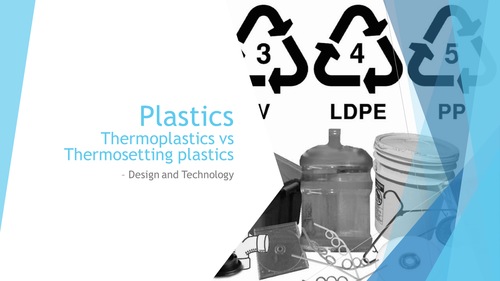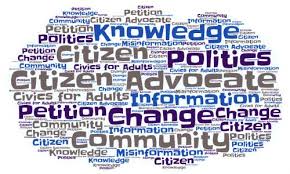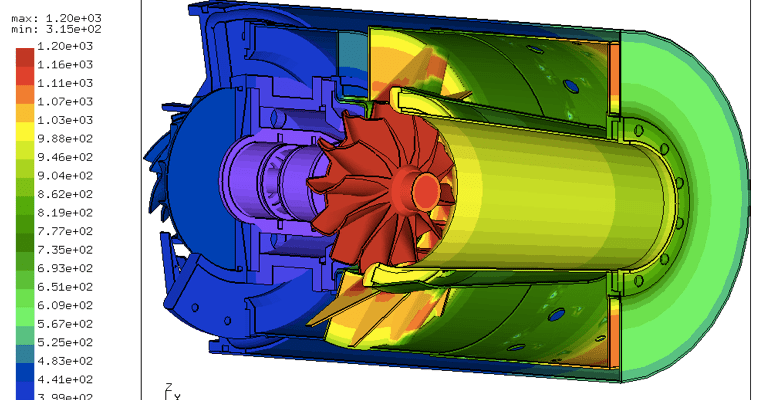
Teknologi Plastik (Plastic Technology)
1.1 The process of polymerization encompasses a variety of methods through which monomers are chemically bonded to form polymers. Within this domain, several distinct processes are utilized, each tailored to specific applications and material properties. The tooling employed in plastics processing is critical, as it directly influences the efficiency and quality of the final product. Notable techniques include compression molding, which involves the application of heat and pressure to shape materials, and transfer molding, which allows for the precise control of material flow into molds. Additionally, various injection molding technologies are available, each suited for different types of polymers, including thermoplastics and thermosetting resins. The parameters of injection molding machines play a significant role in determining the characteristics of the molded items, impacting factors such as cycle time, temperature, and pressure.
2.1 Extrusion is another essential method in the processing of plastics, where materials are forced through a die to create continuous shapes. Blow molding is similarly important, particularly for producing hollow objects, while calendering is utilized for creating thin sheets of material. The spinning of fibers, including techniques such as electrospinning, allows for the production of fine polymer nanofibers, which have applications in various fields, including filtration and biomedical engineering. Thermoforming is a process that involves heating plastic sheets until pliable and then forming them into desired shapes, while casting processes enable the creation of complex geometries. Finally, reinforcing processes are employed to enhance the mechanical properties of polymers, ensuring that the final products meet the required performance standards for their intended applications.
Materi

Kewirausahaan - PM
Kewirausahaan (Entrepreneurship) TPM PM
Selama 2 semester kita akan belajar bersama bagaimana menghadapi situasi dan kondisi nyata yang akan dihadapi selepas masa kuliah. Kita banyak mendalami studi kasus yang aktual melalui metode analisis dan data dari SWOT, Business Model Canvas, Product Life Cycle, Brand - Branding, Organisasi, SBM dan HAKI, Marketing, Production, Product Control, Supply Chain, Resume Startups serta Company yang tentunya akan dikupas satu demi satu.

Manajemen Produk dan Perancangan
Deskripsi Mata Kuliah :
Mata kuliah ini membahas tentang
proses pengidentifikasian, perencanaan, pengembangan konsep, perancangan
tingkatan sistem, perancangan rinci, pengujian & perbaikan, sampai pada
peluncuran produk secara umum serta pengenalan teknologi rapid prototype serta
bagaimana mengelola produk baru baik inovasi maupun penemuan baru, sesuai
kaidah kaidah yang berlaku.
Capaian Pembelajaran Mata Kuliah :
1. Mahasiswa mampu menjelaskan kembali tentang dasar-dasar perancangan dan pengembangan produk dan membuat konsep produk baru maupun mengembangkan produk yang sudah ada sebelumnya mempergunakan metode yang jelas, terukur dan terstruktur
2. Mahasiswa memiliki kompetensi untuk bekerja di dalam proyek, dan memahami prinsip dasar Prototyping maupun Teknologi Rapid Prototyping dan aplikasinya serta mampu menerapkannya dalam ruang dan waktu yang tepat. Mahasiswa mampu memahami berbagai klasifikasi produk /merk (brand) dan menjelaskan siklus kehidupan produk sehingga memiliki kemampuan untuk melihat dan mengenali peluang produk
Referensi


